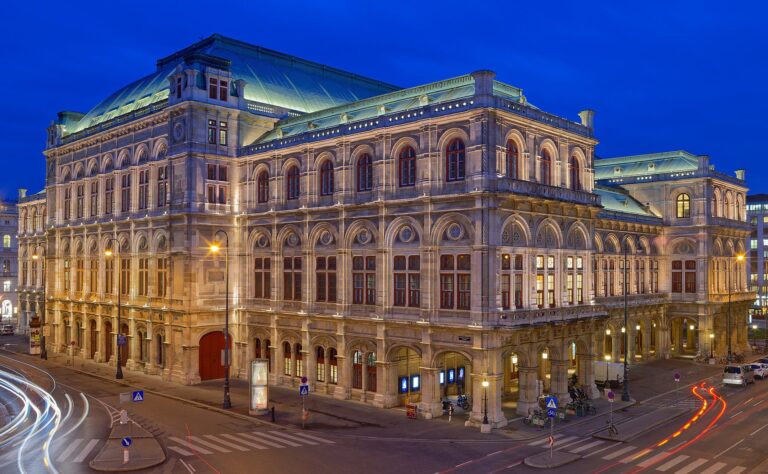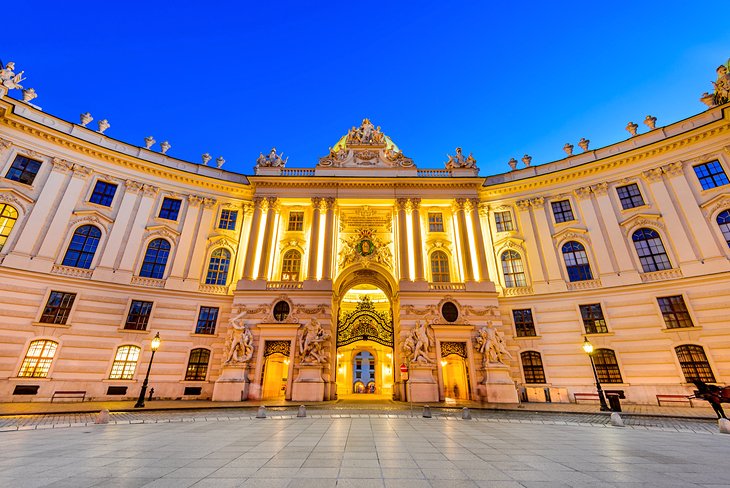General Information
Madrid, the capital of Spain, is a bustling metropolis known for its rich history, vibrant culture, and elegant architecture. As the political, economic, and cultural center of Spain, Madrid offers a unique blend of the old and the new, from its royal heritage to its modern art scene. Famous for its art museums like the Prado and Reina Sofía, its beautiful parks, and its lively nightlife, Madrid is a city that never sleeps. Visitors can explore centuries of history, enjoy world-class dining, and discover the city’s diverse neighborhoods. Madrid is a must-see for any traveler seeking a blend of tradition and modernity.
Location
Madrid is located in the center of Spain, in the autonomous community of Madrid. The city is situated on the Manzanares River, surrounded by rolling plains and mountains, making it an ideal base for exploring both the vibrant urban environment and the surrounding countryside.
- Approx. 600 km south of Bilbao
- 300 km west of Valencia
- By car, about 1.5 hours from Toledo and Segovia
How to Get There
- By Air:
- Adolfo Suárez Madrid–Barajas Airport (MAD) is one of the busiest airports in Europe, offering direct flights to and from major cities around the world. The airport is located about 13 km northeast of the city center and can be reached by metro, bus, or taxi.
- By Train:
- Madrid is well-connected by high-speed AVE trains. The Madrid Atocha station is the main hub for high-speed connections to cities like Barcelona, Seville, and Valencia.
- By Bus:
- Several bus companies provide services connecting Madrid to other major Spanish cities. Estación Sur is the primary bus station, offering routes to places like Granada, Valencia, and Lisbon.
- By Car:
- Madrid is easily accessible by road, with well-maintained highways connecting it to nearby cities like Segovia, Toledo, and Avila. Renting a car is a good option for travelers who want to explore the surrounding countryside.
Best Time to Visit
- Spring (March – May): With pleasant temperatures and fewer crowds, spring is an ideal time to visit Madrid. April’s Semana Santa (Holy Week) and May’s San Isidro festival are major attractions during this time.
- Summer (June – August): Madrid gets hot in summer, with temperatures often exceeding 35°C (95°F). However, this is when the city is most lively, with open-air festivals and events. Be prepared for the heat, and enjoy the vibrant nightlife.
- Autumn (September – November): The weather is still warm but more manageable than summer, making autumn a great time to explore the city. The crowds thin out, and the city is filled with fall festivals and harvest celebrations.
- Winter (December – February): Winters in Madrid are mild but can get chilly, especially in the evenings. The city’s Christmas markets and New Year’s Eve celebrations make this a festive time to visit.
Key Events & Festivals:
- Semana Santa (Holy Week) – April: One of the most important religious festivals in Spain, with stunning processions across the city.
- San Isidro Festival – May: A celebration of Madrid’s patron saint, with bullfights, parades, and traditional activities.
- Madrid Fashion Week – February: A showcase of Spain’s latest fashion trends and a must for style enthusiasts.
Where to Stay
- Luxury:
- The Westin Palace Madrid: A luxurious hotel in a historic building, known for its elegant rooms and central location.
- Hotel Ritz Madrid: A five-star hotel offering world-class service, a stunning interior, and close proximity to the Prado Museum and Retiro Park.
- Mid-range:
- Only YOU Hotel Atocha: Stylish and trendy, located near Retiro Park and Atocha Station.
- Hotel Catalonia Atocha: A charming hotel offering comfortable accommodations with easy access to the city’s museums and shopping streets.
- Budget:
- Room007 Chueca Hostel: A budget-friendly option in the heart of the Chueca neighborhood, known for its lively atmosphere and easy access to main attractions.
- Ibis Madrid Centro: A convenient, budget-friendly hotel located in the center, perfect for travelers looking to explore the city on foot.
Top Attractions
- The Prado Museum (Museo del Prado): Home to an impressive collection of European art, including works by Goya, Velázquez, and El Greco.
- Royal Palace of Madrid: The official residence of the Spanish Royal Family, a stunning example of Baroque architecture and a must-see for history buffs.
- Retiro Park (Parque del Retiro): A sprawling green space perfect for leisurely walks, boat rides, and exploring historical monuments.
- Puerta del Sol: Madrid’s symbolic city center, with iconic landmarks like the Bear and Strawberry Tree statue and the kilometer zero marker.
- Plaza Mayor: A beautiful historical square surrounded by arcaded buildings, a perfect spot for a coffee or tapas.
- Reina Sofía Museum: An excellent contemporary art museum, home to Picasso’s iconic Guernica and works by Dalí and Miró.
- Temple of Debod: An ancient Egyptian temple that was relocated to Madrid in the 20th century, offering stunning views at sunset.
- Gran Vía: Madrid’s main shopping street, lined with theaters, cinemas, restaurants, and nightlife venues.
Getting Around
- Public Transport:
- Madrid has an extensive and efficient metro system, making it easy to get around. The metro covers most major attractions, and tickets can be purchased at stations or via a contactless card.
- Walking:
- Madrid’s city center is pedestrian-friendly, and many of the top attractions are within walking distance of each other, especially in neighborhoods like Gran Vía, Sol, and La Latina.
- Taxis & Ride-Sharing:
- Taxis are readily available, and Uber and Cabify also operate in the city. Ride-sharing can be more affordable for short trips.
- Bikes & Scooters:
- Madrid has a bike-sharing program, and electric scooters are available for rent in the city through apps like Lime and Bolt.
Local Cuisine
- Cocido Madrileño: A hearty stew made with chickpeas, vegetables, and different cuts of meat, perfect for cold weather.
- Bocadillo de Calamares: A fried squid sandwich, a Madrid specialty often enjoyed at local bars.
- Tortilla Española: A classic Spanish omelette made with potatoes and eggs, often served as a tapa.
- Churros con Chocolate: Fried dough pastries served with thick, rich hot chocolate, perfect for a sweet treat.
- Callos a la Madrileña: A traditional beef tripe stew often served in Madrid’s taverns.
Best Restaurants:
- Botín: The world’s oldest restaurant, known for its roast suckling pig and traditional Spanish dishes.
- Sobrino de Botín: Famous for its roast lamb and Spanish cuisine.
- Casa Lucio: A well-known spot for huevos rotos (fried eggs with potatoes), a Madrid favorite.
Shopping
- Gran Vía: Madrid’s premier shopping street, home to both international brands and local boutiques.
- El Rastro: A famous flea market held every Sunday, where you can find antiques, vintage goods, and unique souvenirs.
- Serrano Street: A high-end shopping area known for its luxury fashion brands.
- Mercado de San Miguel: A lively market where you can find gourmet foods, wines, and local delicacies to take home.
Nightlife
- Chueca: Known for its lively bars and nightclubs, it’s Madrid’s LGBTQ+ friendly neighborhood with a vibrant atmosphere.
- La Latina: A district full of tapas bars, perfect for a night of socializing and indulging in traditional Spanish foods.
- Malasaña: A hip and trendy area with alternative music venues, bars, and independent shops.
- Teatro Kapital: One of the largest nightclubs in Madrid, with multiple floors, each offering a different vibe.
Day Trips from Madrid
- Toledo (70 km): A UNESCO-listed city with medieval architecture, stunning cathedrals, and historic synagogues.
- Segovia (90 km): Famous for its Roman aqueduct, Alcázar, and delicious roast suckling pig.
- El Escorial (50 km): A magnificent royal monastery and UNESCO World Heritage Site.



